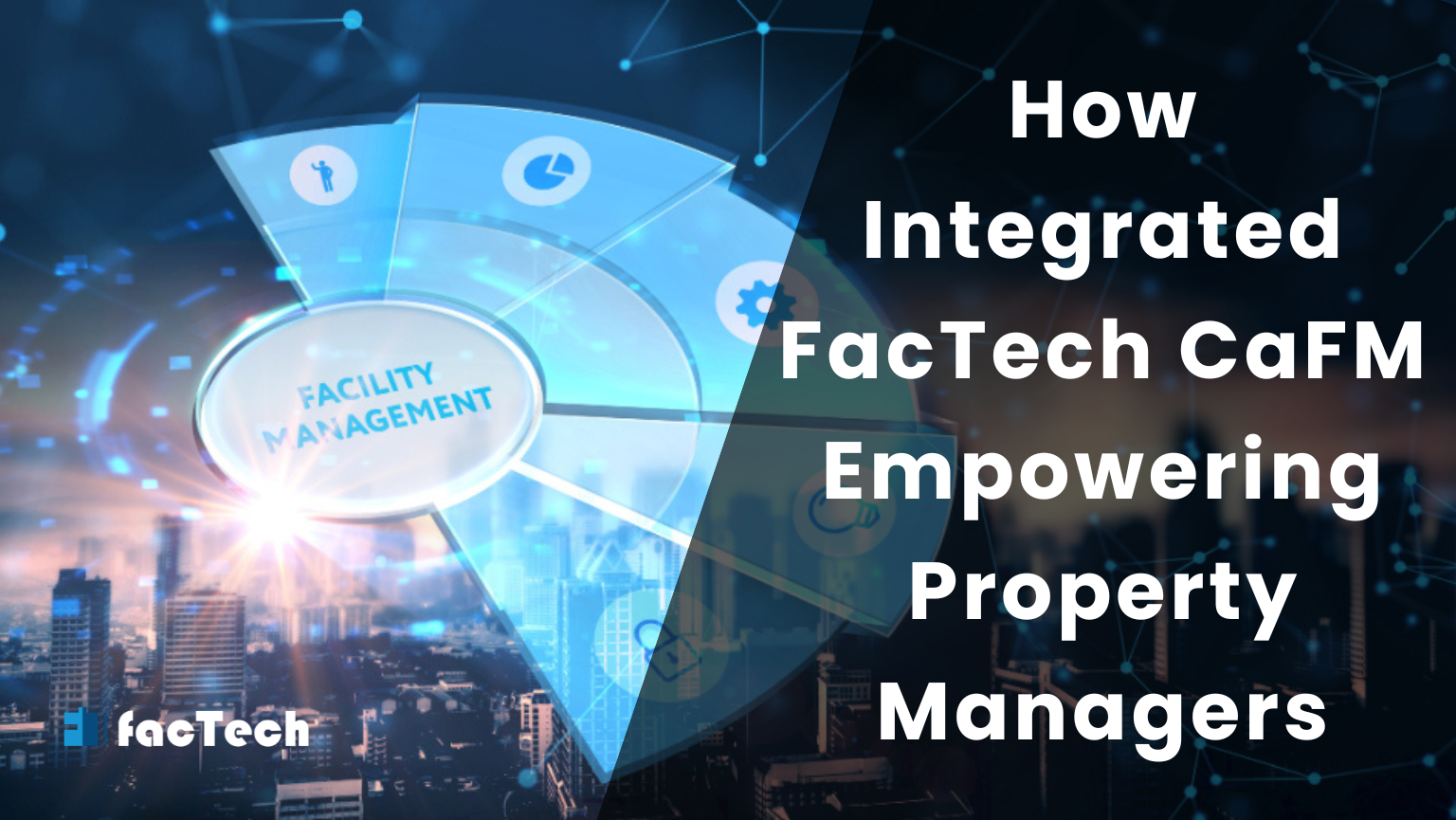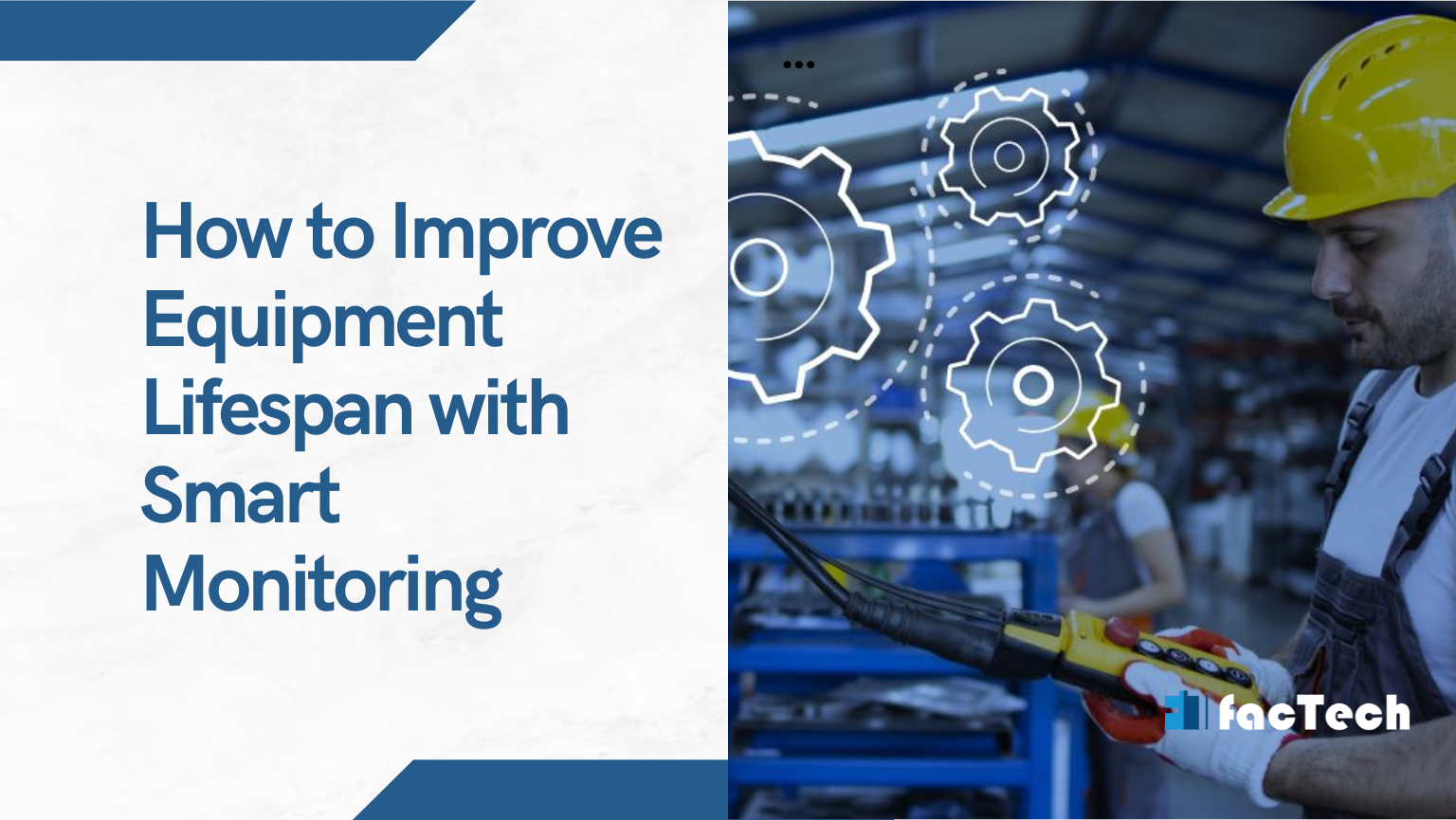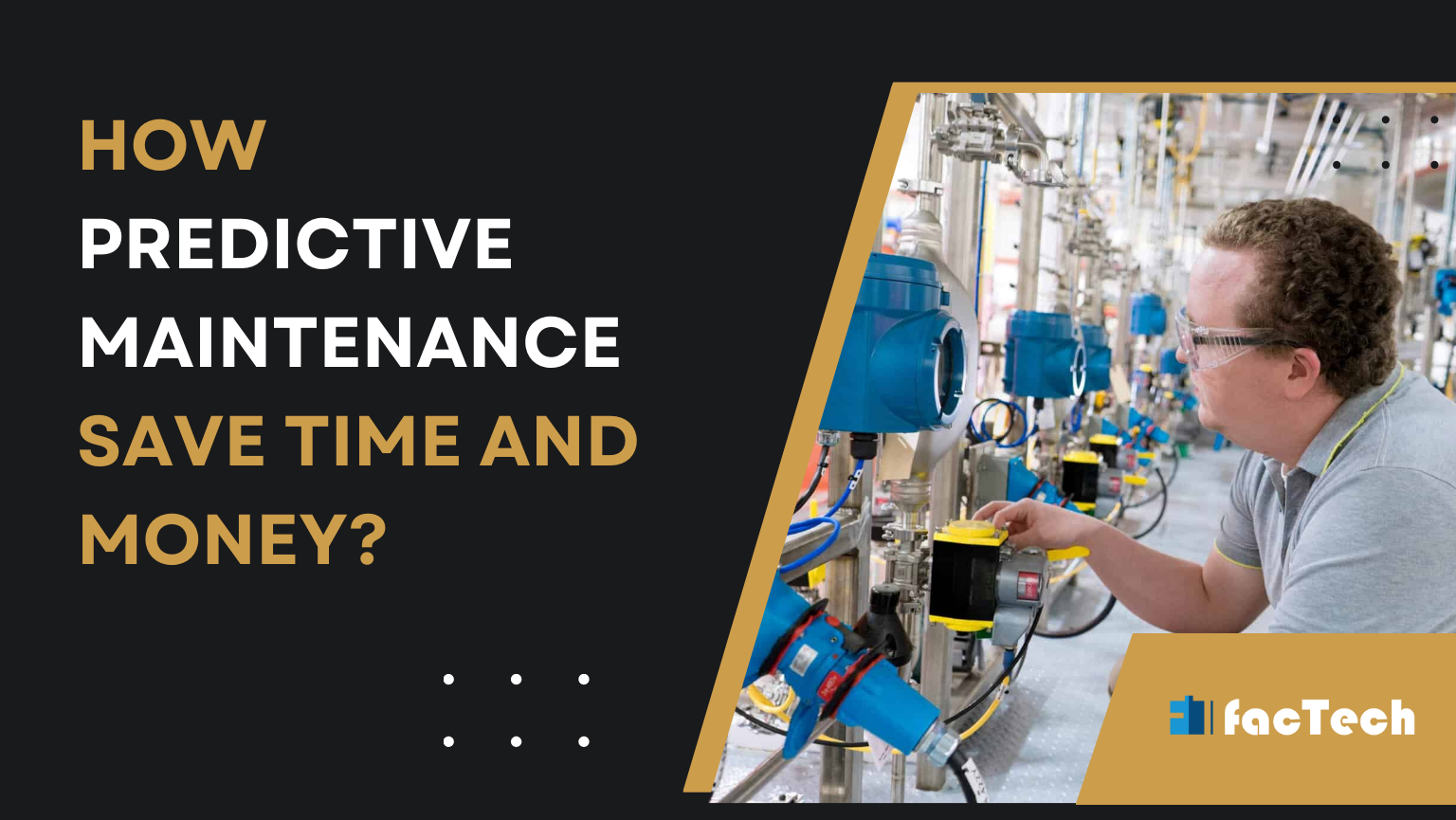3 Technologies Facility Teams Must Quickly Adapt To
3 Technologies Facility Teams Must Quickly Adapt To
The world of facility management is undergoing a rapid transformation, driven by advancements in technology. To stay ahead of the curve and ensure efficient operations, facility teams must be adaptable and willing to embrace new technologies. Here are three key areas where quick adaptation is crucial:
1. The Internet of Things (IoT):
The Internet of Things (IoT) refers to the interconnected network of physical devices embedded with sensors, software, and other technologies that collect and exchange data. This technology is revolutionizing facility management by enabling:
Predictive maintenance: Sensors can monitor equipment performance and send alerts for potential issues before they escalate into costly breakdowns.
Improved space utilization: Real-time data on room occupancy can help optimize space allocation and energy consumption.
Enhanced security: Connected security systems provide real-time monitoring and access control, improving facility safety.
The Internet of Things (IoT) is no longer just a futuristic concept; it’s rapidly changing the landscape of facility management. From automating tedious tasks to predicting equipment failures, IoT offers a plethora of benefits that can drastically improve efficiency, cost-effectiveness, and occupant experience. However, the window of opportunity for facility teams to adapt is closing quickly. Here’s why they need to embrace IoT sooner rather than later:
The Rise of Smart Buildings: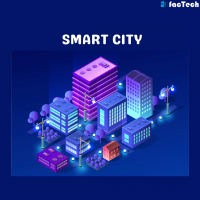
The concept of “smart buildings” is gaining traction, integrating various systems like lighting, HVAC, and security under one central IoT platform. This creates a dynamic and responsive environment that optimizes resource utilization and enhances occupant comfort. Facility teams who fail to adapt risk falling behind in this trend, potentially struggling to maintain competitiveness and attract tenants.
Increased Efficiency and Cost Savings:
Predictive maintenance, a key benefit of IoT, allows facilities to anticipate equipment failures and address them proactively. This not only reduces downtime and costly repairs but also extends the lifespan of equipment, leading to significant cost savings in the long run. Facility teams who leverage IoT can gain a significant edge by minimizing operational costs and maximizing resource efficiency.
Improved Data-Driven Decision Making:
The vast amount of data collected by connected devices within an IoT-integrated facility empowers data-driven decision making. Facility teams can analyze real-time and historical data to identify areas for improvement, optimize space utilization, and make informed decisions about resource allocation and energy consumption. This level of data-driven insight allows for strategic planning and proactive problem-solving, leading to a more optimized and sustainable facility.
Enhanced Security and Occupant Experience:
IoT can significantly improve security measures within a facility. Real-time monitoring of access points, surveillance systems, and environmental conditions allows for immediate response to potential threats, creating a safer environment for occupants. Additionally, IoT-enabled features like smart lighting and temperature control can personalize the occupant experience, fostering a more comfortable and productive work environment.
Future-proofing the Facility:
Embracing IoT signifies a commitment to innovation and future-proofing your facilities. By integrating these technologies, facilities become more adaptable and responsive to evolving needs and technological advancements. This ensures the facility remains competitive and attractive to tenants in the long run.
Facility teams who hesitate to adapt to the Internet of Things risk missing out on a wave of benefits that can lead to significant cost savings, improved efficiency, enhanced data-driven decision making, and a more secure and comfortable environment for occupants. By embracing IoT now, facility teams can position themselves as leaders in their field and create a future-proofed facility that thrives in an ever-evolving landscape. Facility teams need to understand the potential of IoT and develop strategies for its implementation. This includes investing in compatible sensors, integrating data with existing systems, and establishing data security protocols.
Related read:
How to get IoT’s implementation right in facility management?
2. Artificial Intelligence (AI) and Machine Learning (ML):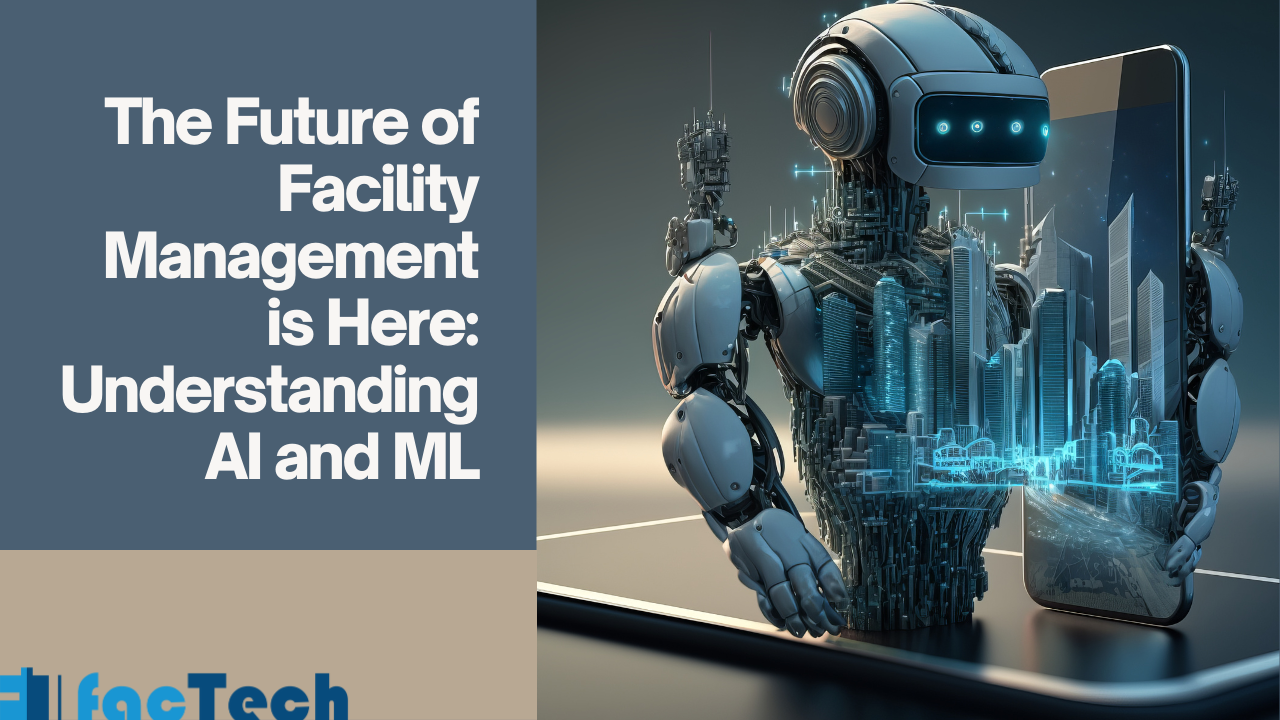
The landscape of facility management is undergoing a significant shift, driven by the emergence of powerful tools like Artificial Intelligence (AI) and Machine Learning (ML). While these technologies may seem like futuristic concepts, the reality is that facility teams must adapt quickly to remain competitive and efficient.
Here are some compelling reasons why embracing AI and ML is no longer optional for facility teams:
Enhanced Efficiency and Automation:
Repetitive tasks like scheduling maintenance, generating reports, and managing access control often occupy a significant portion of a facility team’s day. AI can automate these mundane tasks, freeing up valuable time for teams to focus on more strategic initiatives. Additionally, ML algorithms can learn from historical data to optimize maintenance schedules, proactively identify potential issues, and streamline workflows, leading to increased efficiency and cost savings.
Data-Driven Decision Making:
Facility management traditionally relies on experience and intuition for decision-making. However, AI and ML offer a data-driven approach that provides valuable insights from the vast amount of data generated by various building systems. ML algorithms can analyze this data to identify trends and patterns that may be difficult to detect otherwise. These insights can then be used to make informed decisions regarding resource allocation, space optimization, and preventative maintenance, leading to improved outcomes.
Predictive Maintenance and Reduced Downtime:
Traditional maintenance schedules are often reactive, leading to unexpected equipment failures and costly downtime. AI and ML can be used to implement predictive maintenance by analyzing sensor data from equipment. This allows teams to anticipate potential issues before they occur, enabling preventative measures to be taken, minimizing downtime, and extending equipment lifespan.
Improved Occupant Experience:
AI and ML can be utilized to optimize building systems for temperature, lighting, and air quality. This creates a more comfortable and productive environment for occupants. Additionally, these technologies can be used to develop smart building systems that respond to occupant needs in real-time, further enhancing the overall experience.
Adaptability in a Dynamic Environment:
Facility management needs are constantly evolving, and AI and ML offer the flexibility to adapt to changing demands. These technologies can learn and adapt over time, continuously improving their performance and effectiveness as they are exposed to new data and situations.
Embracing AI and ML is no longer a luxury, but a necessity for facility teams. By integrating these powerful tools into their operations, teams can unlock a new level of efficiency, improve decision-making, optimize resource allocation, and ultimately elevate the entire facility management experience.
Facility teams should explore how AI and ML can be integrated into their existing workflows. This may involve collaborating with data science experts to develop custom solutions or utilizing readily available AI-powered tools designed specifically for facility management.
3. Digital Twin Technology:
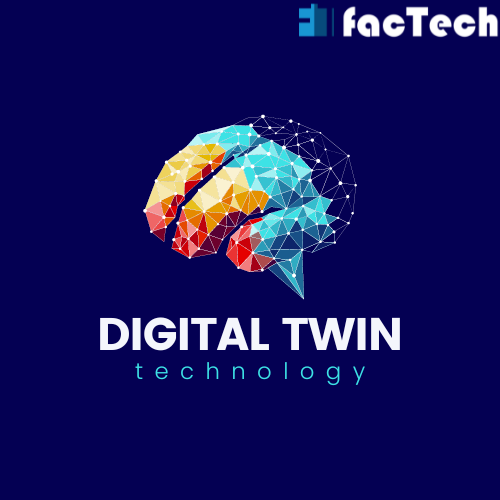
A digital twin is a virtual representation of a physical facility, incorporating data and real-time information. Digital Twin Technology stands out as a game-changer, offering unparalleled insights and capabilities for managing physical spaces.
Here’s why facility teams must adapt to this technology and integrate it into their operations:
Proactive Maintenance and Reduced Downtime:
Digital twins act as virtual simulations of real-world facilities, constantly fed with data from sensors and building management systems. This data provides valuable insights into equipment health, allowing facility teams to:
Predict potential maintenance issues: By analyzing trends and historical data, digital twins can identify anomalies that may indicate equipment failure. This enables teams to schedule preventive maintenance before breakdowns occur, minimizing downtime and associated costs.
Optimize maintenance schedules: Digital twins can prioritize maintenance tasks based on their criticality and predict the remaining lifespan of equipment, leading to more efficient resource allocation and reduced risk of unexpected repairs.
Enhanced Space Utilization and Improved Operational Efficiency:
Digital twins enable facility teams to visualize their entire space and analyze real-time data on occupancy, energy consumption, and environmental conditions. This allows for:
Optimizing space allocation: It helps us understand how different spaces are used. With it’s use teams can make informed decisions about space utilization.
 Improving energy efficiency: Real-time data on energy consumption through the digital twin allows for identifying areas of excessive usage. It helps in implementing targeted measures for optimization, leading to cost savings and a more sustainable operation.
Improving energy efficiency: Real-time data on energy consumption through the digital twin allows for identifying areas of excessive usage. It helps in implementing targeted measures for optimization, leading to cost savings and a more sustainable operation.
Streamlining operational workflows: Digital twins can be used to digitally “walk through” planned changes or maintenance procedures, allowing teams to identify potential issues and optimize workflows before implementation, saving time and resources.
Collaborative Decision-Making and Improved Communication:
Digital twins create a shared platform accessible to various stakeholders involved in facility management. This fosters:
Enhanced communication and collaboration: Sharing a centralized digital model allows different teams, including maintenance, security, and tenant relations, to access the same information. This fosters better communication and collaboration.
Data-driven decision-making: All stakeholders can access and analyze the real-time data presented in the digital twin. This allows for informed decision-making based on insights rather than speculation, leading to more efficient and effective solutions.
Improved tenant satisfaction: Digital twins can be used to create interactive dashboards for tenants. This will provide them with real-time information on temperature, air quality, and other parameters, increasing transparency and improving overall satisfaction.
Digital Twin Technology is rapidly transforming the world of facility management. By embracing this technology and adapting their processes, facility teams can gain a multitude of benefits. This includes proactive maintenance, improved operational efficiency, and enhanced collaboration. As the technology matures and becomes more cost-effective, the ability to leverage a digital twin will become a critical differentiator for forward-thinking organizations.
Related read:
Conclusion
By embracing these technologies and fostering a culture of continuous learning, facility teams can improve efficiency. The resource utilization can also be optimized to enhance the overall experience for building occupants.






